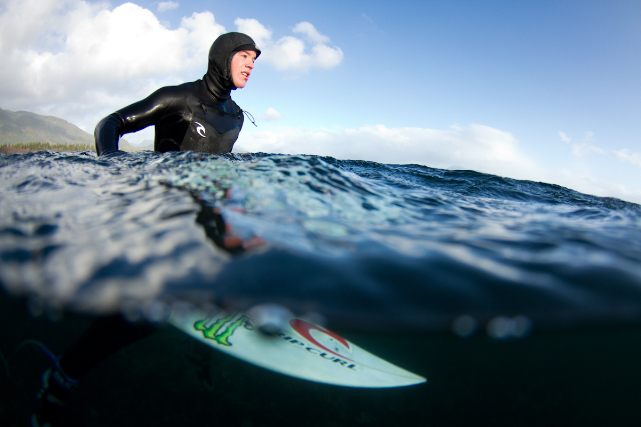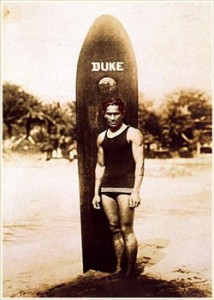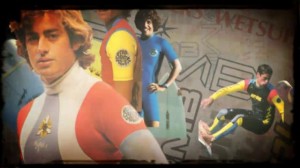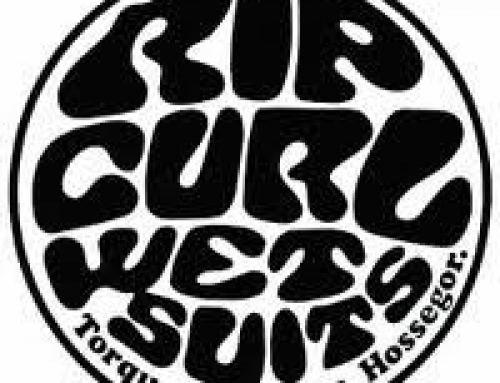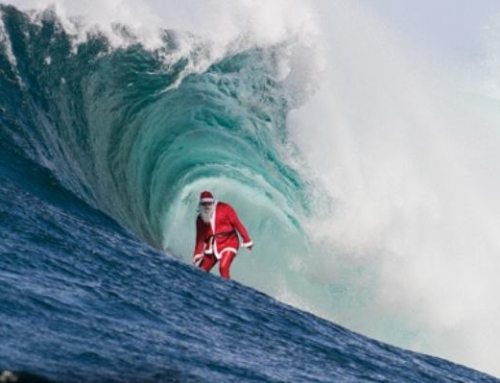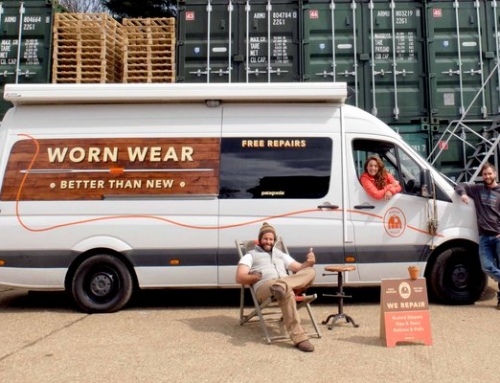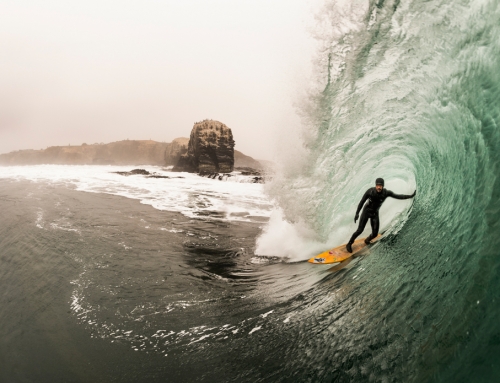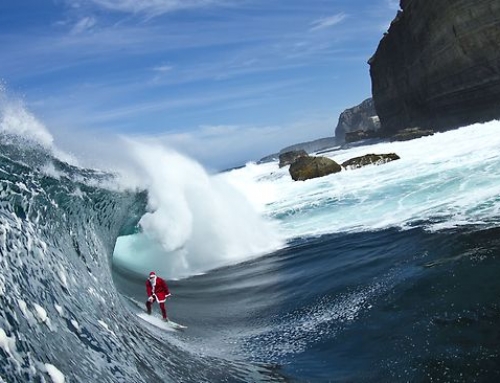Wetsuit Evolution – A Brief History of the Wetsuit
At the birth of surfing there wasn’t any need for a wetsuit. The Polynesian ocean and climate didn’t require anything to maintain or improve body warmth. Heat preservation and the evolution of wetsuits only became a requirement as the sport grew and spread across the globe to places where the water temperature was much less enticing.
The need for a wetsuit was born as wannabe surfers were faced with very short sessions or not even getting in the water in the first place.
THE PIONEERS
Hugh Bradner, a Physician working at UC Berkeley, California is considered the originator of the modern wetsuit through his academic work into the benefits of maintaining body warmth through the trapping of water next to the skin with Neoprene rubber. But without a successful patent or viable enterprise from his work the door was left wide open…
First through that door, in the early 1950’s, were the founders of two of the oldest and best-known surf brands – O’Neill and Body Glove.
Using flexible plastic foam and then neoprene in the cool waters of Northern California, Jack O’Neill was motivated by the core aim ‘to surf longer.’
Bob and Bill Meistrell found the raw materials for their wetsuits on the back of refrigerators. When their first commercially available wetsuits ‘Thermocline’ flopped, they got some outside marketing help who upon hearing, “they fit like a glove”, came up with company name Body Glove.
THE FIRST WETSUITS
The first wetsuits were stiff and fragile.
Without backing material, the single sheets of neoprene could not cope with the excessive movement and stretching that surfing demanded of them. Neoprene’s adhesive ability on skin also meant that surfers had to be liberal in the use of talcum powder.
How the first wetsuits were made and assembled was also very problematic. The sheets of neoprene were stitched together from two overlapping panels of rubber. The needle holes of enlarged when wet, allowing plenty of water to flow in/out of the suit and the stitching could also very susceptible to tears.
TECHNOLOGICAL ADVANCES
The addition of nylon to neoprene was the first step in the right direction, as it strengthened the wetsuit against tears as well as making it easier to put on and remove the suit.
The addition of nylon however did not address the problem of the needle holes. Taping and gluing the seams were the next logical steps. Nylon tape covered with rubber and pressed on was effective as combating water entry but it made seams stiff. Gluing was an improvement but prone to tearing.
Combinations of these methods prevailed until the blindstitch method was developed. The curved needle allowed stitching to only penetrate part of the way through the fabric eliminating the water flow problem.
Double-backed neoprene appeared in the 1970’s providing greater strength and durability and opened up the design opportunity to move away from the traditional uniform black colourway. Of course this culminated in the fluorescent 80’s…
Today’s wetsuits benefit from advances in fabric such as spandex and lycra which in replacing nylon as the primary backing material has increased the stretch and strength of the wetsuit.
Computer controlled assembly, material cutting and contoured panels has increased fit and cut down the sizing and leakage problems inherent in the early and predominantly handmade suits.
RIP CURL
The combination of quality waves and unappealing water temperatures also bore fruit in Torquay, Victoria. In 1970 the founders of Rip Curl, Doug Warbrick and Brian Singer, decided plenty of people were making boards but not enough were making wetsuits.
With the help of an old sewing machine and a lot of friends (including Quiksilver founder Alan Green) they started cranking out what would become the start of one of the biggest and best-known wetsuit companies around.
Rip Curl sees it as the biggest challenge in wetsuit design, “The balance between stretch and functionality. In particularly maintaining good fit and keeping the wetsuits water tight.”
BRAND MISSION STATEMENTS
Patagonia agrees and emphasizes the lasting factor, “Warmth, flexibility and durability. Flexibility and durability are generally contrasting forces in nature and you can see that in suits that expire quickly with use. Overall design excellence has to respect all three.”
And of course there’s one more factor to consider: “Price, plain and simple. Any brand can make the most expensive suit on the market. That’s really easy, but to make a suit that not only is comfortable/durable AND cost efficient for the consumer…that’s a whole different ball game.“ Says Xcel.
PUSHING THE FUTURE
The evolution of wetsuits has progressed dramatically in the last decade. The boundaries are now being extended with new ideas, materials and features. For example, in 2008, Rip Curl introduced the H-Bomb, the world’s first heated wetsuit.
O’Neill sum up their goal for the future as, “Increased flexibility without sacrificing warmth”.
Xcel say, “we have yet to push the envelope of neoprene, there are no limits to design as long as there is a market for it.”
There’s also an increasing environmental focus.
As Patagonia state, “We would like to close the loop on wetsuit design, meaning that when its past its useful life we can see it as a nutrient rich resource that can be reused in its entirety as a future product again and again. It is a very high ideal but one we will continue to strive for.”
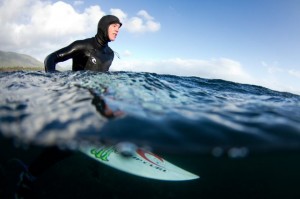
IN CLOSING
The introduction of wetsuits really opened the door for surfing and helped shape the sport as we see it today. This double-edged sword of surfing’s popularity has both driven the advances in equipment and technique whilst also significantly upping the numbers in the water. And when that first big cold-water winter swell rolls in and you are sat in the line-up all warm and comfortable, there might be pause to give some thanks to all those that came before.

